This article explores the vocabulary associated with the kookaburra, delving into its meaning, history, cultural significance, and the distinctive sounds of this Australian icon.
The Kookaburra’s Call: More Than Just a Laugh
The kookaburra’s distinctive call, often described as a laugh, is instantly recognizable and deeply embedded in Australian culture. While the onomatopoeic “koo-koo-koo-kaa-kaa-kaa” is a common representation, the kookaburra’s vocalizations are far more nuanced. They include a range of chuckles, hoots, and croaks, each likely serving a specific communicative purpose within their social structure. What sound does a kookaburra make in words? explores this fascinating topic in more detail.
From “Guuguubarra” to “Kookaburra”: A Linguistic Journey
The word “kookaburra” itself is derived from the Aboriginal word “guuguubarra,” a beautiful example of onomatopoeia, reflecting the bird’s distinctive call. This linguistic connection underscores the kookaburra’s deep roots in Australian Aboriginal culture. In many traditions, the kookaburra’s laugh is believed to be the laughter of a creator god, signifying the dawn of a new day and imbuing the bird with spiritual significance.
The Kookaburra in Song and Story
“Kookaburra sits in the old gum tree…” These simple words have resonated with generations of children worldwide. The iconic “Kookaburra” song, written by Marion Sinclair in 1932, captures the essence of the Australian bush, celebrating this unique bird and its infectious call. Where did the song “Kookaburra sits on the old gum tree” come from? unravels the fascinating history of this beloved children’s rhyme, including its surprising journey from a Girl Guides competition to a global phenomenon, touching upon copyright disputes and lyrical debates along the way.
The song’s lyrics paint a vivid picture of the kookaburra perched in a gum tree, reigning as the “merry, merry king of the bush.” While the second verse, mentioning “gumdrops,” has sparked debate and variations (some substituting “gumnuts” or other bush-related treats), it adds a touch of whimsy to the song. What is the rhyme about the kookaburra? provides further analysis of the lyrics and their cultural impact. The song’s enduring popularity is a testament to its simple beauty and the kookaburra’s symbolic representation of Australia’s natural heritage.
A Deeper Dive into Kookaburra Vocabulary
Beyond the song, a rich vocabulary surrounds the kookaburra, reflecting various aspects of its biology, behavior, and cultural significance:
Sounds and Calls:
- Laugh: The most common descriptor, though it’s a simplification of a complex range of vocalizations.
- Chuckle: Suggests a softer, more intimate call within family groups.
- Cackle: Implies a louder, more raucous call, possibly used for territorial defense.
- Hoot: A less frequently mentioned sound, potentially used for long-distance communication or mating calls.
- Croak: May serve as a warning signal.
- Chorus: Describes the combined calls of a kookaburra family, believed to strengthen social bonds and communicate territorial boundaries. Scientists suggest this complex chorus plays a vital role in their social dynamics.
Appearance:
- Mottled brown: Describes the kookaburra’s predominantly brown plumage, providing camouflage in its woodland habitat.
- White: Refers to the white patches on its wings and underparts.
- Hooked beak: Characteristic of carnivorous birds, adapted for catching and consuming prey.
Habitat and Ecology:
- Eucalyptus forests: The kookaburra’s primary habitat, where it finds food and shelter among the gum trees.
- Woodlands: A broader term encompassing the variety of wooded environments where kookaburras may reside.
- Australian bush: A colloquial term for the native vegetation of Australia, including eucalyptus forests and woodlands.
- Predator: The kookaburra is a carnivorous bird, preying on insects, reptiles, and small mammals.
Cultural Significance:
- King of the Bush: A playful title reflecting the kookaburra’s prominence in Australian folklore and its distinctive call echoing through the bush.
- Australian icon: The kookaburra is a widely recognized symbol of Australia, often featured in art, literature, and tourism. It’s as emblematic of Australia as the kangaroo or koala.
- Symbol of joy: The kookaburra’s laugh is often associated with happiness and laughter, reflecting its cheerful sound and its association with the dawn.
This expanded vocabulary provides a more comprehensive understanding of the kookaburra, moving beyond the familiar “laugh” to encompass the diverse aspects of this fascinating bird. You might also appreciate these poignant winnie the pooh quotes goodbye that capture the essence of parting.
- Unlock Elemental 2 Secrets: Actionable Insights Now - April 2, 2025
- Lot’s Wife’s Name: Unveiling the Mystery of Sodom’s Fall - April 2, 2025
- Photocell Sensors: A Complete Guide for Selection and Implementation - April 2, 2025
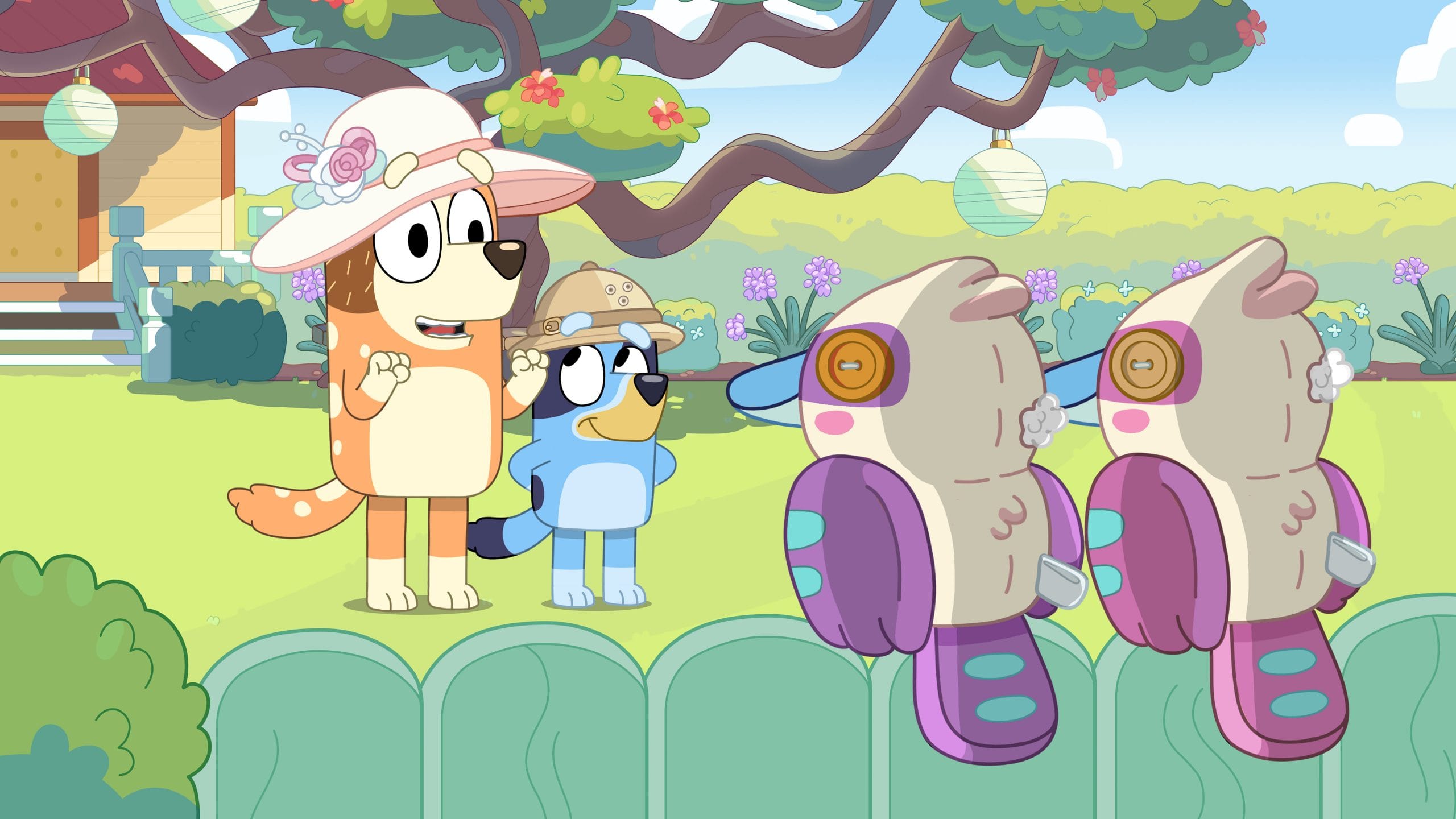

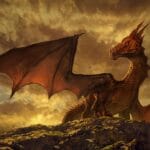
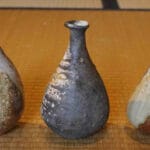
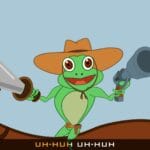
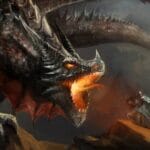











1 thought on “Kookaburra Song Lyrics and Meaning: A Comprehensive Guide”
Comments are closed.